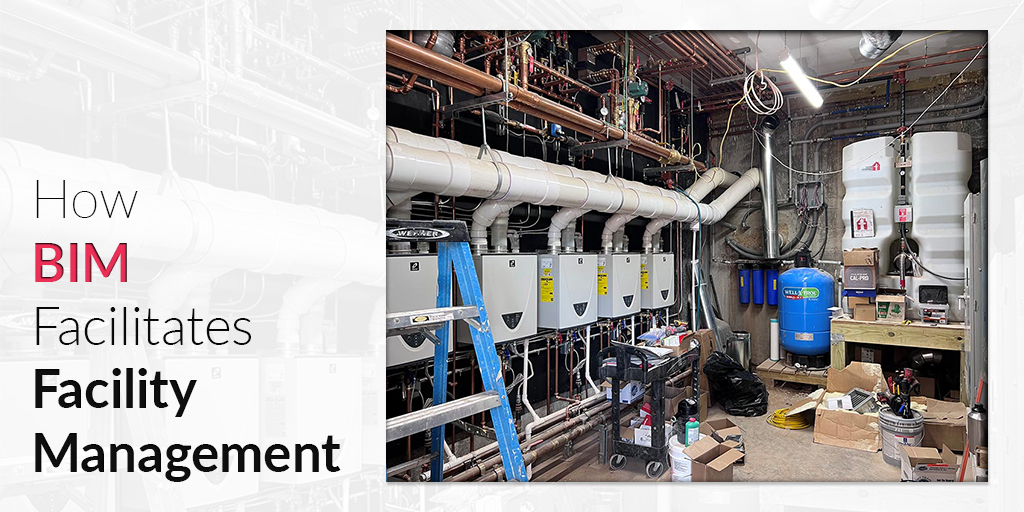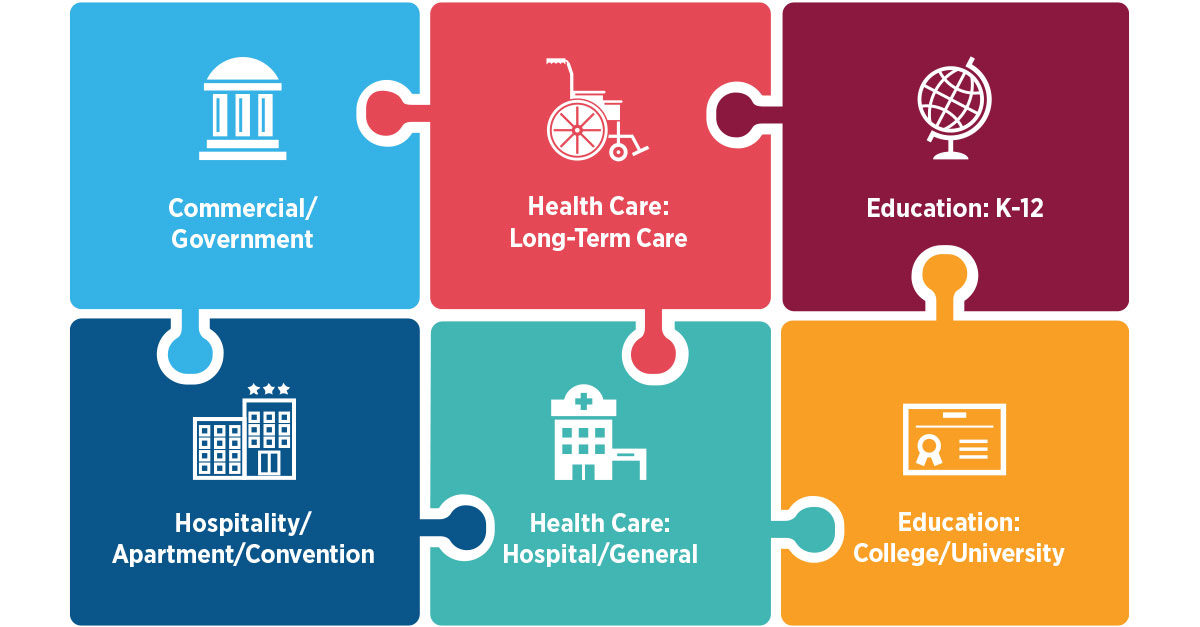The Necessary Guide to Facility Monitoring: Approaches for Success
Facility monitoring plays a crucial function in the total success of a company, offering as the backbone that supports productivity, efficiency, and safety. The nuances of effective center monitoring expand past plain logistics and call for a comprehensive understanding of both quantitative and qualitative metrics.
Comprehending Facility Administration
What comprises reliable center administration? Efficient center administration includes the sychronisation of different organizational functions to make sure that developed atmospheres are risk-free, effective, and conducive to productivity. It integrates the concepts of engineering, architecture, and organization management to develop a smooth operational flow within a company.
Crucial element of center monitoring consist of space planning, maintenance administration, and compliance with health and wellness and safety and security laws. Space planning concentrates on enhancing making use of physical sources to sustain business objectives, while upkeep monitoring makes certain that centers are kept in optimal condition, taking full advantage of life expectancy and lowering functional expenses. Conformity with legal and regulative criteria is crucial, as it safeguards the organization versus possible responsibilities and boosts its track record.
Moreover, efficient facility monitoring relies upon the critical use of modern technology, such as Structure Administration Solution (BMS) and Computer-Aided Facility Monitoring (CAFM) devices. These modern technologies facilitate real-time surveillance of building systems and simplify upkeep processes (Facility Management). Inevitably, a thorough strategy to center management not just advertises operational performance however likewise fosters a favorable setting for staff members and visitors alike, driving overall business success

Key Methods for Optimization
Enhancing center monitoring needs a tactical approach that lines up functional exercise with business purposes. To attain this, the very first vital strategy is the execution of integrated technological services. Making use of innovative software systems enables for real-time tracking of center procedures, promoting data-driven decision-making and improving overall efficiency.
Secondly, regular evaluations of center efficiency are crucial. Conducting regular inspections and audits enables facility managers to identify areas that need improvement, guaranteeing that resources are assigned efficiently. This positive method assists in reducing downtime and improving service delivery.
Another critical strategy is fostering cooperation throughout divisions. By motivating open communication between groups, center supervisors can better align their techniques with organization objectives, causing enhanced operational harmony. Furthermore, engaging staff in training programs advertises a culture of accountability and boosts their capacity to contribute to optimization initiatives.
Enhancing Safety Methods
Reinforcing security protocols is essential for developing a safe atmosphere within centers. A detailed safety and security procedure not just secures site visitors and employees yet also boosts operational performance. Facility Management. To accomplish this, facility supervisors must perform regular threat assessments to guarantee and recognize potential dangers that suitable actions are in location

Furthermore, clear communication channels should be established to report safety concerns quickly. This includes creating an accessible platform for staff members to articulate prospective dangers or events without worry of reprisal. Furthermore, leveraging technology can enhance safety measures; for instance, carrying out monitoring systems and access controls helps check center activities and limit unapproved entrance.
Lastly, compliance with regional laws and market requirements is non-negotiable. Routine audits and evaluations of security methods ensure placement with current laws and finest practices. By focusing on these techniques, center managers can grow a society of security navigate to this website that protects all stakeholders and eventually contributes to the organization's success.
Improving Workplace Environment
A favorable workplace atmosphere considerably boosts employee morale and performance, making it a vital emphasis for facility administration. To develop such an atmosphere, center managers should prioritize numerous key aspects, consisting of ergonomics, appearances, see this page and employee interaction.
Ergonomic factors to consider are necessary to lessen physical pressure and pain. This includes supplying flexible furniture, proper illumination, and appropriate room for movement. These adjustments can cause minimized absence and increased job satisfaction.
Aesthetic appeals play an essential duty in shaping the workplace atmosphere. Using color psychology, natural illumination, and greenery can promote a inviting and promoting setting. Attentively made rooms can enhance creativity and improve overall health.
Moreover, encouraging staff member engagement through inclusive decision-making processes can boost the feeling of possession and belonging. Collecting comments on work environment enhancements and involving employees in the design procedure can bring about a more tailored atmosphere that fulfills their needs.
Lastly, promoting well-being campaigns, such as health cares and relaxation spaces, can better add to an encouraging work environment society. By concentrating on these approaches, center managers can effectively improve the workplace atmosphere, driving both staff member satisfaction and organizational success.
Determining Success in Facilities
Determining success in facility monitoring needs an extensive strategy that examines both qualitative and measurable metrics. Quantitative metrics generally consist of crucial performance indications (KPIs) such as area utilization prices, energy usage, maintenance expenses, and occupancy degrees. These metrics provide a clear image of operational efficiency and monetary efficiency, enabling center managers to determine areas for enhancement and standard against sector standards.
Qualitative metrics, on the various other hand, concentrate on individual satisfaction and worker involvement. Surveys and responses mechanisms can evaluate just how well the facilities satisfy the demands of residents, assisting to assess the general office environment. This aspect is critical, as a satisfied workforce is usually linked to enhanced performance and go right here retention prices.
To effectively determine success, center supervisors should also think about incorporating modern technology, such as building administration systems and information analytics devices, to accumulate and analyze relevant data. Consistently reviewing both sets of metrics enables for a much more well balanced view of efficiency and educates tactical choices. Eventually, an effective center monitoring approach depends upon a dedication to continuous improvement, guaranteeing that both operational effectiveness and individual fulfillment are focused on.

Conclusion
In conclusion, effective facility administration is critical for boosting business efficiency. Focusing on safety and security protocols and improving workplace atmospheres additionally add to raised staff member satisfaction.
Facility management plays a vital function in the general success of an organization, offering as the foundation that sustains efficiency, productivity, and safety.Trick elements of center administration consist of space planning, upkeep management, and compliance with wellness and safety policies.In addition, effective facility administration relies on the critical usage of innovation, such as Building Monitoring Equipment (BMS) and Computer-Aided Facility Administration (CAFM) tools. Inevitably, a thorough technique to facility monitoring not just promotes functional effectiveness but additionally promotes a positive setting for workers and site visitors alike, driving general business success.
Eventually, a successful center management approach hinges on a dedication to constant renovation, making sure that both operational performances and user contentment are prioritized.